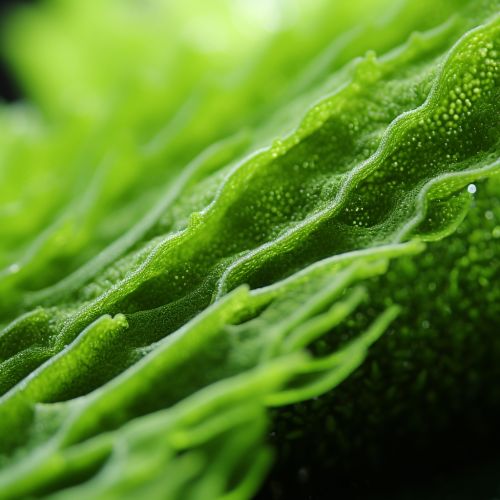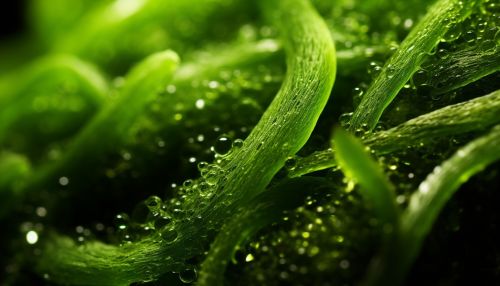Microalgae
Introduction
Microalgae are microscopic algae, typically found in freshwater and marine systems. They are unicellular species which exist individually, or in chains or groups. Microalgae are primary producers that convert water, sunlight, and carbon dioxide into oxygen and nutritious biomass in the presence of chlorophyll.


Classification and Diversity
Microalgae are incredibly diverse, with estimates of species numbers ranging from 200,000 to 800,000. They are typically classified into two broad groups: Cyanobacteria (blue-green algae) and Eukaryotic algae. Eukaryotic algae are further divided into several groups, including Diatoms, Dinoflagellates, and Green algae, among others.
Morphology and Structure
Microalgae are unicellular organisms, but they can form colonies for survival. The size of microalgae can range from a few micrometers (µm) to a few hundred micrometers. Despite their small size, they are known for their fast growth rate and high primary productivity compared to terrestrial plants.
Photosynthesis and Metabolism
Microalgae, like other photosynthetic organisms, convert light energy, primarily from the sun, into chemical energy through the process of Photosynthesis. They require light, water, carbon dioxide, and inorganic nutrients to grow and reproduce.
Ecological Role and Significance
Microalgae play a crucial role in global carbon cycling and are responsible for approximately 50% of the world's oxygen production. They serve as the base of the aquatic food web, providing an essential ecological function for all aquatic life.
Industrial and Biotechnological Applications
Microalgae have been utilized for the production of biofuels, food and feed, nutraceuticals, and bioplastics. They are considered a promising resource for sustainable production due to their high growth rate and ability to accumulate high levels of lipids, carbohydrates, and proteins.
Challenges and Future Perspectives
Despite the potential of microalgae, there are several challenges that need to be overcome to make their use economically viable. These include improving cultivation methods, enhancing biomass productivity, and optimizing harvesting and processing technologies.
